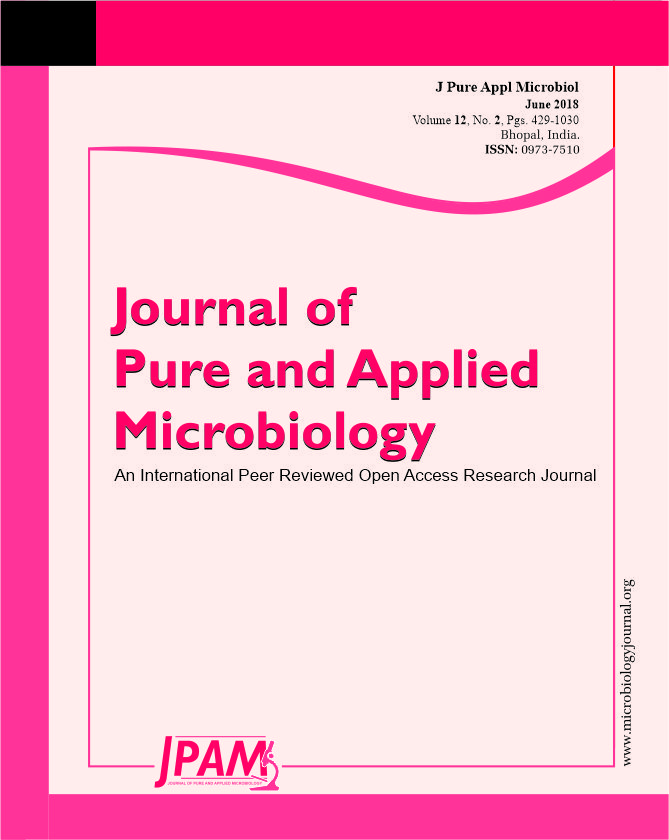Carica papaya L. leaves contain potent secondary metabolites, such as alkaloids, phenolics, flavonoids, saponin, tannins, glycosides, and other crucial phytochemicals. The leaf is a source of several vitamins conferring it an anti-oxidant property. The leaf is also rich in dietary minerals and essential fatty acid. The fresh leaf extracts are used as a possible remedy for dengue viral infections in Asian countries. This review compiles the knowledge about the physiochemicals, phytochemicals, and biochemicals of Carica papaya L. leaves. This includes the identified chemical structures of alkaloids, phenolic, flavonoids, linoleic, and linolenicacids. Additionally, it covers up-to-date information on in-vitro anti-cancer and anti-gout and in-vivo anti-microbial properties, anti-oxidant, anti-sickling, hepatoprotective, hypolipidemic, hypoglycemic, and anti-gout effects.
Fresh Leaves, Phytochemicals, Dietary Minerals, Vitamins, Anti-oxidant and bio-activity
© The Author(s) 2018. Open Access. This article is distributed under the terms of the Creative Commons Attribution 4.0 International License which permits unrestricted use, sharing, distribution, and reproduction in any medium, provided you give appropriate credit to the original author(s) and the source, provide a link to the Creative Commons license, and indicate if changes were made.


